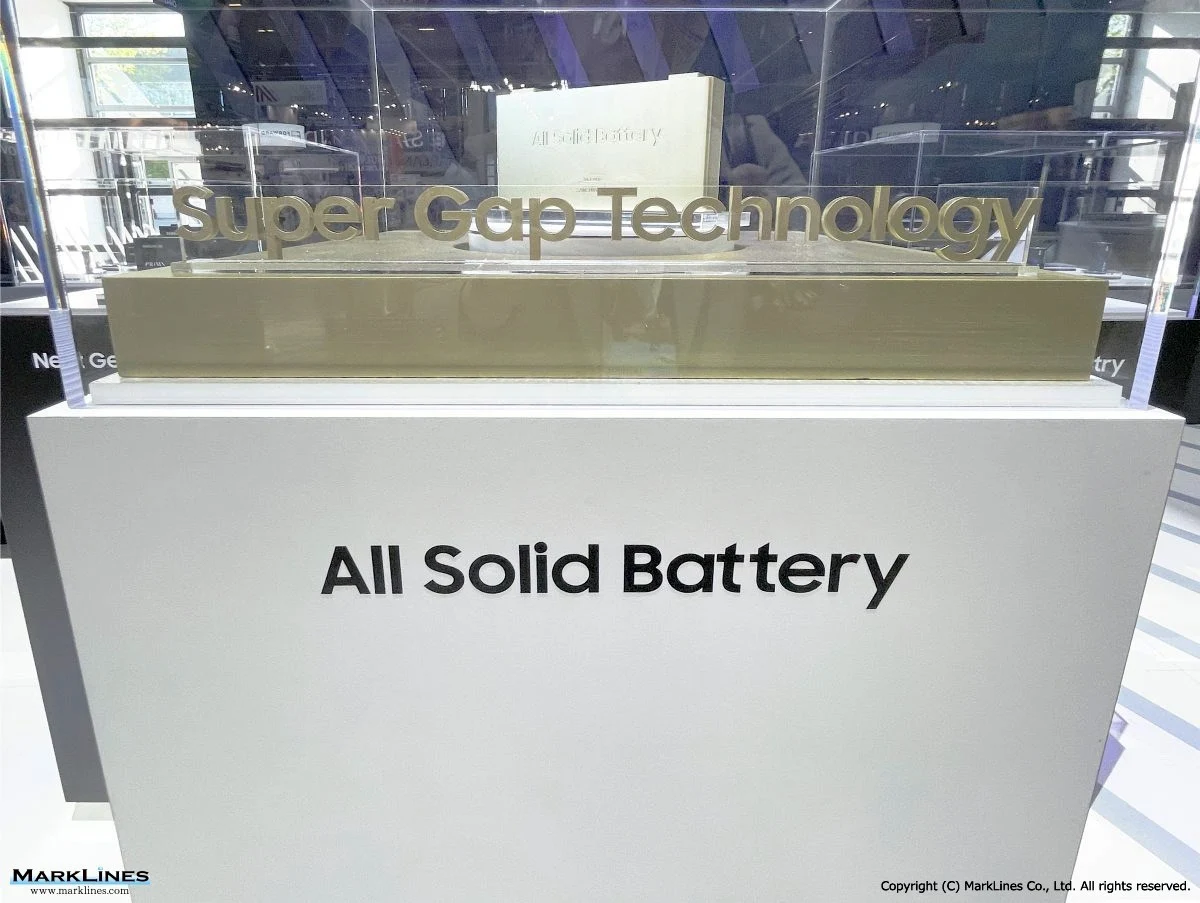When Samsung decided to shift its focus to solid-state battery technology and production, it announced that prototype models would be ready by 2025, with plans to integrate them into electric vehicles by 2027.
Confirmation of Readiness
The leader of Samsung Electro-Mechanics has just verified that the solid-state battery is on schedule and has achieved the highest energy density and capacity-to-size ratio in the market. These solid-state batteries are capable of reaching an energy density of 500 Wh/kg, which seems to align with Samsung’s initial goals.
Investment in Production
Samsung is now ready to invest in facilities for mass production, aiming to supply prototypes for its own divisions to use in their products slated for release in 2026. Since the solid-state battery utilizes an oxide base and maintains stability, smaller cells can be incorporated into various devices, including wearables that require flexibility, such as the Galaxy Ring fitness tracker.
Expanding Applications
Once the mass production facilities are established and the real-world effectiveness of its solid-state technology is confirmed, Samsung plans to broaden the applications of this technology by 2027. Interestingly, this coincides with announcements from competitors like Toyota and CATL, who also plan to launch their solid-state batteries in electric vehicles around the same time.
Advantages of Samsung’s Technology
In addition to the impressive energy density and capacity, Samsung’s solid-state battery technology offers a significant benefit: lower mass production costs. The company has been experimenting with a new manufacturing process called roll pressing. This method does away with the slow Warm Istactic Press (WIP) process for sealing the cell, allowing for quicker placement into water and application of up to 600MPa pressure at high temperatures to solidify the electrode and electrolyte materials for stable performance.
If Samsung manages to implement this process successfully on a large scale with its solid-state prototypes this year, it could overcome the major challenges hindering the widespread adoption of this promising battery technology, including production speed and costs.
Source:
Link


Leave a Reply